
What is Answer Engine Optimization? A Simple Guide 2025
Mar 06, 2025 6 Min Read 5399 Views
(Last Updated)
ChatGPT shattered records by attracting 100 million users in just two months, demonstrating the powerful impact of answer-based platforms in the digital world. This rapid change has made Answer Engine Optimization (AEO) a vital component of modern search strategy.
Voice search has become increasingly popular, with 41% of Americans using it daily. The technology has gained such traction that 72% of device owners have integrated it into their daily routines, fundamentally changing how people look for information. Traditional SEO emphasizes keywords, but AEO enables your content to appear in featured snippets, knowledge panels, and voice search responses that directly answer user questions.
This article explains Answer Engine Optimization, highlights how it is different from traditional SEO, and provides specific steps to implement it successfully on your website.
Table of contents
- What is Answer Engine Optimization?
- Definition and core concepts
- How it is different from traditional SEO
- SEO vs AEO
- Key Parts of Answer Engine Optimization
- Voice search optimization
- Featured snippet targeting
- AI-chatbot optimization
- Structured data markup
- How Answer Engines Work
- Types of Answer Engines
- Search processing methods
- Key Strategies for AEO Implementation
- Identify User Intent & Optimize for Questions
- Optimize for Featured Snippets & Direct Answers
- Implement Structured Data (Schema Markup)
- Optimize for Voice Search & Conversational Queries
- Improve Readability & Content Structure
- Monitor, Update & Optimize Content Regularly
- Concluding Thoughts…
- FAQs
- Q1. How does Answer Engine Optimization (AEO) differ from traditional SEO?
- Q2. What are the key components of Answer Engine Optimization?
- Q3. How can I optimize my content for voice search?
- Q4. What is the importance of structured data in AEO?
- Q5. How often should I update my content for effective AEO?
What is Answer Engine Optimization?
Answer Engine Optimization (AEO) is a specialized way to optimize digital content that gives direct answers to user queries. AEO structures content to help AI assistants read and crawl it easily, which provides zero-click answers to user questions.
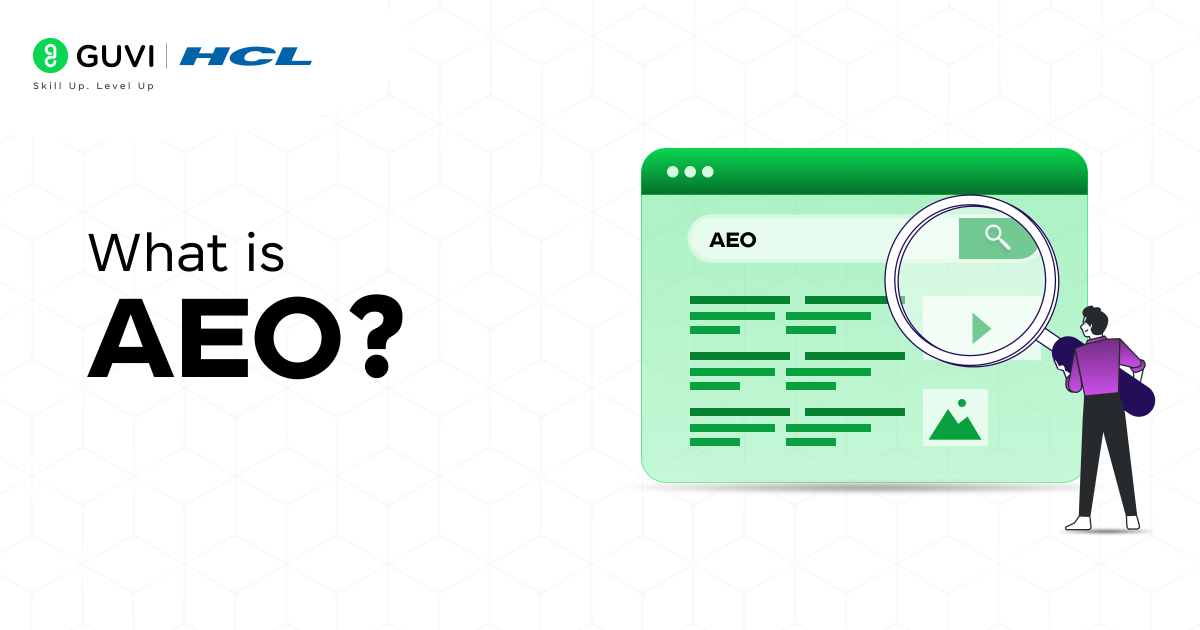
Definition and core concepts
AEO creates content that directly answers user questions through featured snippets, voice search results, and AI-powered platforms. The strategy makes sure AI systems can scan, interpret, and deliver exact answers. This core concept optimizes content for both traditional search engines and new AI-powered platforms that process queries in unique ways.
How it is different from traditional SEO
AEO takes a completely different path from traditional SEO in its basic approach. Traditional SEO aims to improve rankings in search engine results pages, while AEO focuses on giving quick, clear responses through featured snippets and voice searches.
SEO vs AEO
While Search Engine Optimization (SEO) focuses on improving your website’s ranking in search results, Answer Engine Optimization (AEO) ensures that your content appears as a direct answer in featured snippets, knowledge panels, and voice search results. Both strategies aim to increase organic visibility, but they work in different ways.

Here’s a detailed comparison between SEO and AEO:
| Feature | Search Engine Optimization (SEO) | Answer Engine Optimization (AEO) |
| Primary Goal | Improves website ranking in search engine result pages (SERPs). | Optimizes content to appear as direct answers in search results. |
| Ranking Focus | Focuses on traditional search rankings (positions 1-10). | Prioritizes featured snippets, knowledge panels, and voice search results. |
| Search Intent | Targets a mix of navigational, informational, and transactional queries. | Primarily targets informational queries, answering questions concisely. |
| Content Format | Long-form articles, blog posts, landing pages, and pillar content. | Short, structured answers using lists, tables, and direct responses. |
| Keyword Strategy | Uses exact-match keywords, LSI (Latent Semantic Indexing), and related phrases. | Focuses on long-tail, conversational queries for AI-driven search and voice assistants. |
| Optimization Techniques | – On-page SEO (meta tags, keywords, internal linking)- Off-page SEO (backlinks, social signals)- Technical SEO (site speed, mobile-friendliness). | – Structured data (Schema Markup)- Concise and direct answers- Optimizing for Google’s “People Also Ask” & featured snippets. |
| Search Engine Preference | Google, Bing, Yahoo, and DuckDuckGo. | Google’s Featured Snippets, Knowledge Graph, PAA, and AI-powered search engines (e.g., Perplexity AI, ChatGPT, Google SGE). |
| Voice Search Optimization | Not a primary focus. | Heavily optimized for voice search and AI assistants (Siri, Alexa, Google Assistant). |
| Technical Requirements | Requires strong website structure, backlinks, and keyword research. | Requires structured data (JSON-LD, FAQPage, HowTo schema) and NLP-based content structuring. |
| User Experience (UX) Role | UX improvements (site speed, navigation, Core Web Vitals) indirectly help SEO rankings. | AEO success depends on answer clarity, readability, and structured content for direct extraction. |
So, AEO complements rather than replaces SEO. The strategy works best when you optimize for voice assistants like Alexa and Siri, where natural language processing plays a vital role. Businesses that use both approaches ensure complete visibility—SEO brings traffic, while AEO quickly addresses specific user needs.
Key Parts of Answer Engine Optimization
AEO components work together to improve your content’s visibility on search platforms of all types. Understanding these elements helps create a detailed AEO strategy.

Voice search optimization
Voice search has become the most important trend, with 41% of Americans using it daily. Users need to optimize their voice queries by focusing on conversational language patterns and natural speech. People make complete questions instead of fragmented keywords when using voice search. They ask questions like “What’s the best type of analytics platform for small businesses?”.
Featured snippet targeting
Featured snippets, known as “Position Zero,” give direct answers to user queries. Your content should meet these requirements to rank for snippets:
- Provide answers within 40-60 words
- Use question-based headers
- Structure information in easily digestible formats
AI-chatbot optimization
AI and machine learning systems analyze data sets that are so big to interpret and respond to queries. These systems use natural language processing to understand user intent. They also assess content relevance, credibility, and structure to ensure accurate responses.
Structured data markup
Structured data helps search engines understand your content better as a standardized format. Schema markup, a vital element of structured data, supports content of all types:
| Content Type | Purpose | Implementation |
| FAQ Schema | Question-answer format | Ideal for direct answers |
| How-to Schema | Step-by-step guides | Process documentation |
| Q&A Schema | Community content | Forum discussions |
| Product Schema | Item details | Product listings |
Structured data can create more engaging search results, known as rich results. All the same, you must follow Google’s guidelines by including structured data only for visible content on your pages. The Rich Results Test tool helps confirm your implementation and preview potential search features.
How Answer Engines Work
Let’s take a closer look at how answer engines work by understanding their different types and processing methods. These advanced systems now do much more than simple searches – they give precise answers based on context.
Types of Answer Engines
Answer engines come in three main categories, each with its own purpose:
| Type | Primary Function | Key Characteristics |
| Generative AI Bots | Create original responses | Uses advanced AI algorithms for human-like text generation |
| Voice Assistants | Process spoken queries | Handles conversational interactions and commands |
| Database Query Engines | Extract specific data | Retrieves information from structured databases |
ChatGPT and Gemini are great examples of generative AI bots that understand and create text responses in many different topics. Siri, Alexa, and Google Assistant focus on quick, hands-free information access through natural conversation.
Database query engines work differently from other types. They pull information straight from structured databases without creating new content. WolframAlpha stands out here with its computational knowledge and reliable answers.
Search processing methods
The query processing in answer engines follows several smart steps. The system first figures out if it’s dealing with a what, who, where, when, or how question. Then it looks at the deeper meaning and possible interpretations of the query.
Neural matching helps the system:
- Analyze word relationships and synonyms
- Determine situational context
- Identify the most relevant response
These engines combine AI and natural language processing to understand queries in context. The result is specific information that answers user questions directly, rather than just showing a list of web pages.
Answer engines can find valuable information in large amounts of unstructured data. A user asking about Japanese cities gets a direct answer like “Tokyo, Kyoto, Hiroshima, Nara, and Osaka” instead of travel website links.
The system gets better through learning. User interactions and feedback help the AI become smarter and more accurate. This learning ability makes answer engines useful for many tasks, from technical summaries to analyzing demographic data.
Key Strategies for AEO Implementation
AEO works best when you take a systematic approach that lines up with what users need and what search engines can do. Implementing Answer Engine Optimization (AEO) effectively requires a structured approach that aligns with how modern search engines and AI-driven answer systems process and display information.
Unlike traditional Search Engine Optimization (SEO), which focuses on improving rankings, AEO ensures your content is selected as the most relevant answer to a query. Here are the key strategies you should follow to optimize your content for answer engines, featured snippets, and voice search.

1. Identify User Intent & Optimize for Questions
The foundation of AEO lies in understanding what users are asking and how they phrase their queries. Search engines prioritize content that directly answers common, high-intent questions. To identify these questions:
- Use tools like Google’s “People Also Ask” (PAA), AnswerThePublic, and SEMrush to analyze trending queries.
- Categorize intent into:
- Informational (e.g., “What is AEO?”)
- Navigational (e.g., “Best AEO tools”)
- Transactional (e.g., “Buy AEO services”)
- Structure content in an FAQ-style format to ensure search engines easily extract relevant answers.
By aligning your content with user intent, you increase its chances of appearing in featured snippets, voice search results, and direct answers.
2. Optimize for Featured Snippets & Direct Answers
Featured snippets are the most visible AEO opportunities, as they appear at the top of Google’s search results. To increase your content’s likelihood of being selected:
- Provide concise, structured answers (40-60 words) to commonly searched questions.
- Use different snippet-friendly formats:
- Paragraph snippets (for definitions and explanations).
- List snippets (for step-by-step guides and rankings).
- Table snippets (for comparisons and statistics).
- Format content using H1, H2, and H3 tags, followed by bullet points or numbered lists for better readability.
Google prioritizes content that is clear, factual, and well-structured. By optimizing your text for scannability, you improve your chances of being selected as a featured snippet.
3. Implement Structured Data (Schema Markup)
Structured data helps search engines understand the context of your content, making it easier for them to pull relevant information. Using Schema.org markup, you can provide search engines with additional metadata to enhance your content’s visibility.
The most effective schema types for AEO include:
- FAQPage (for frequently asked questions).
- HowTo (for step-by-step guides).
- QAPage (for user-submitted questions and expert responses).
You should implement JSON-LD structured data and validate it using Google’s Rich Results Test to ensure proper indexing. This increases the likelihood of appearing in rich results, voice search responses, and AI-powered answers.
4. Optimize for Voice Search & Conversational Queries
With the rise of voice assistants (Google Assistant, Siri, Alexa), optimizing for conversational search queries is essential. Voice searches are typically long-tail, question-based, and conversational, meaning your content should be:
- Written in a natural, conversational tone (e.g., “How do I optimize for AEO?”).
- Optimized for mobile-first indexing, as most voice searches occur on mobile devices.
- Structured in a Q&A format, making it easy for AI assistants to extract answers.
Since voice search prioritizes quick, direct answers, aim for concise yet informative responses, ideally under 30 words.
5. Improve Readability & Content Structure
Search engines and AI-powered assistants prefer content that is easy to read and digest. To make your content more readable and AEO-friendly:
- Use short paragraphs (2-3 sentences each).
- Break up text with subheadings, bullet points, and tables.
- Highlight important phrases in bold for quick scanning.
Since AI models use Natural Language Processing (NLP) to interpret content, well-structured and human-friendly writing increases the likelihood of being selected as an answer source.
6. Monitor, Update & Optimize Content Regularly
AEO is not a one-time optimization—search algorithms evolve, and new user queries emerge constantly. To maintain visibility:
- Use Google Search Console and Analytics to track:
- Featured snippet performance.
- Organic click-through rates (CTR).
- User engagement metrics (bounce rate, time on page, etc.).
- Refresh content quarterly with updated statistics, case studies, and keyword refinements.
- Analyze competitor snippets and adjust your content to outperform them in clarity and accuracy.
Regular updates signal to search engines that your content is fresh, relevant, and authoritative, improving its chances of ranking in AI-powered search results.
If you’re looking to master Answer Engine Optimization (AEO), SEO, and the latest digital marketing strategies, the GUVI’s Advanced Digital Marketing Course is the perfect choice.
Designed by industry experts, this course covers SEO, content marketing, paid ads, and AI-driven optimization techniques to help you rank in featured snippets, voice search, and AI-powered search results. This hands-on, placement-oriented program will equip you with the skills needed for a successful career in digital marketing
Concluding Thoughts…
Answer Engine Optimization has become crucial to modern search strategy, particularly as AI-powered platforms and voice search technology continue to evolve. Traditional SEO still matters, but AEO enables your content to appear in featured snippets and voice search results that directly answer user questions.
Your success with AEO relies on grasping user intent, using proper structured data, and creating clear, conversational content. AEO doesn’t replace SEO – it enhances your existing optimization efforts by targeting zero-click searches and voice queries.
These points will make your AEO implementation work:
- Structure content for featured snippets using 40-60 word answers
- Use schema markup to help search engines understand your content
- Optimize for natural language and voice searches
- Keep your content updated to stay relevant
AEO might look complicated initially, but doing this and being strategic will boost your visibility in answer engines. You should start by applying these practices step by step, with priority given to your most valuable content. As voice search grows, websites that optimize for answer engines will likely see improved engagement and better search result rankings.
FAQs
AEO focuses on providing direct answers to specific queries, optimizing content for featured snippets and voice search results. Traditional SEO aims to improve overall website rankings and visibility in search engine results pages.
The main components of AEO include voice search optimization, featured snippet targeting, AI chatbot optimization, and implementing structured data markup.
To optimize for voice search, focus on conversational language, use long-tail keywords, structure content in a question-answer format, and ensure your website is mobile-friendly.
Structured data helps search engines better understand your content, increasing the chances of appearing in rich results and featured snippets. It’s crucial for organizing information in a format that answer engines can easily interpret.
Regular content updates are essential for maintaining relevance and authority. Monitor your performance using tools like Google Search Console, and incorporate new data, insights, and industry developments to keep your content current and competitive.


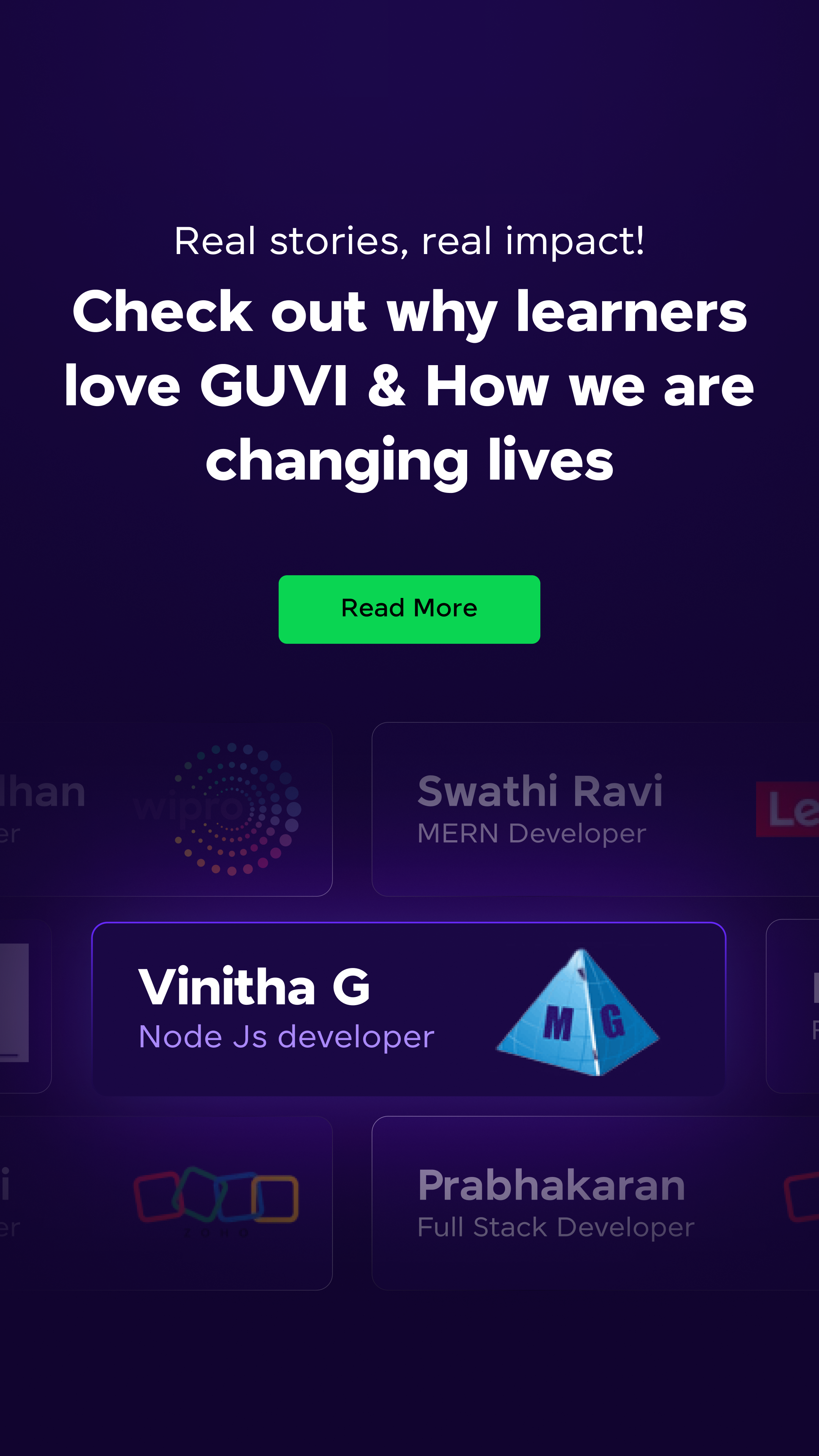

















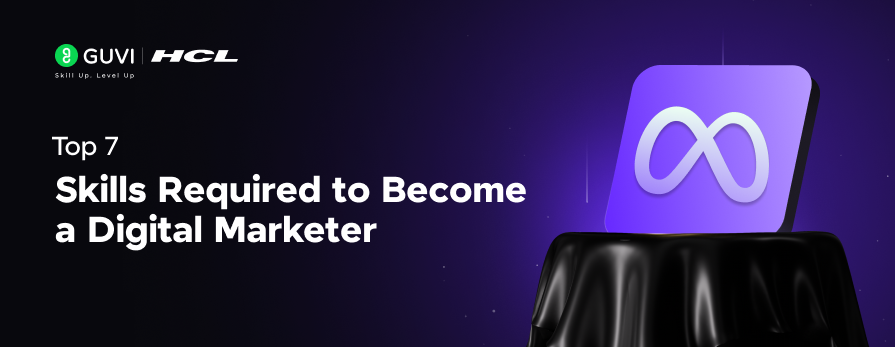

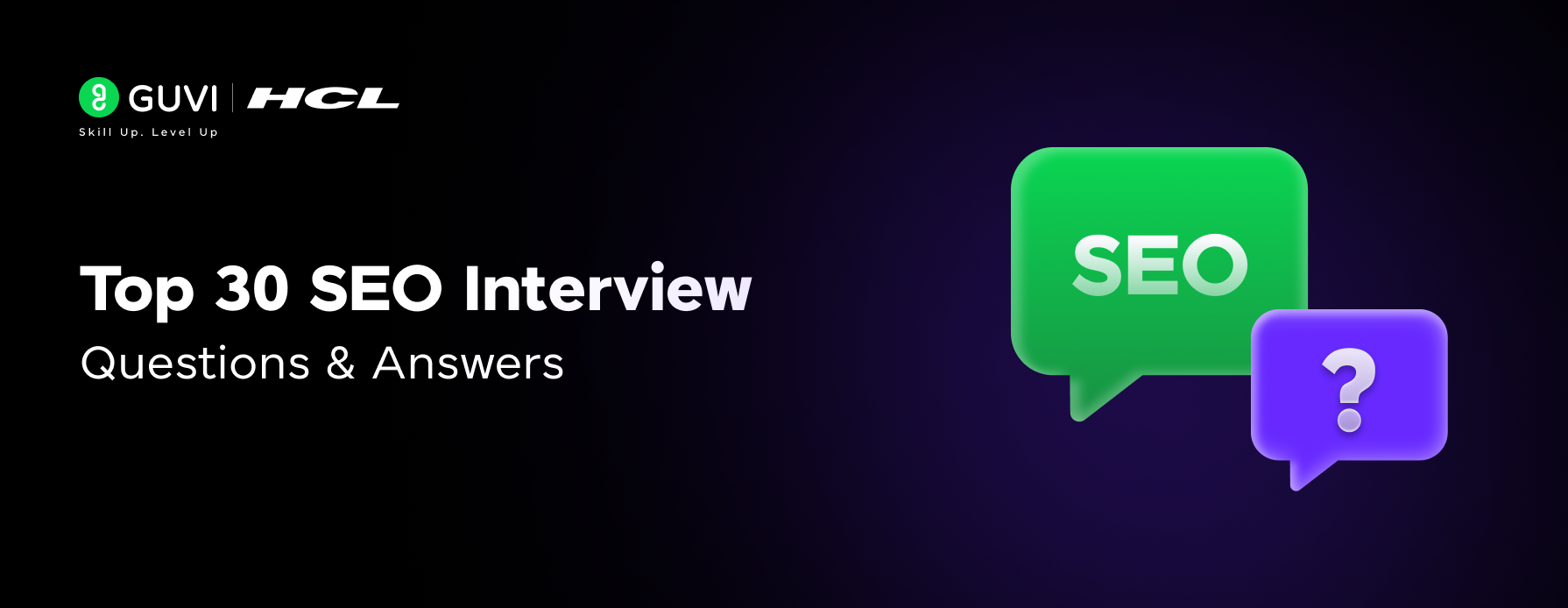


![How to Switch from Sales to Digital Marketing: A Beginner's Guide [2025] 11 sales to digital marketing](https://www.guvi.in/blog/wp-content/uploads/2025/01/How-to-switch-your-career-from-Sales-to-Digital-Marketing.png)
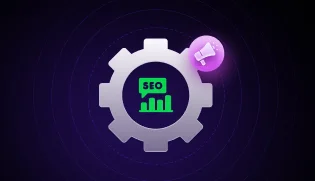



Loved this article! Answer Engine Optimization is an absolute game-changer in 2025. AEO helps to optimize content to get added in featured snippets which offers direct, value-packed and relevant answers that AI and search engines can't ignore. This post highlights great insights on how to adapt to AEO and stay ahead in the evolving search landscape